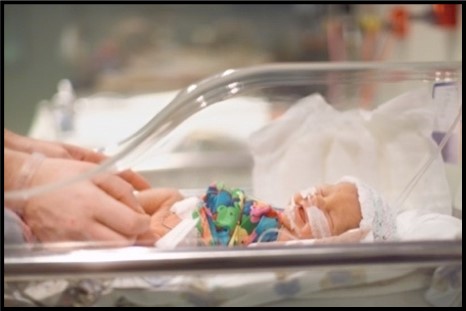
According to the most recent census of DeafBlind children ages 0-21 conducted by the National Consortium of Deaf-Blindness, prematurity is the most prevalent cause of deaf-blindness in the United States.
Most problems and complications associated with prematurity result from organs and body systems not being fully developed. The severity of the complications is most likely associated with the gestational age of the fetus at birth. The lungs, nervous system, kidneys, intestinal system, and heart are some of the organs and systems that can be affected. Metabolic and nervous system issues are also common. Vision loss and hearing loss are seen in people who are born prematurely.
The most common visual condition associated with premature birth is retinopathy of prematurity (ROP) (see section on ROP in Eye Conditions). Glaucoma can also occur along with ROP. Other eye conditions related to prematurity include cataracts of prematurity, optic atrophy, and refractive errors.
Hearing loss can also occur as a result of premature birth. There can be several causes including effects from other impacts of prematurity such as hypoxia and metabolic imbalances. There can also be hemorrhaging in the inner ear due to weak blood vessels that causes damage to the hearing mechanism. Most hearing loss due to prematurity is sensorineural in nature.